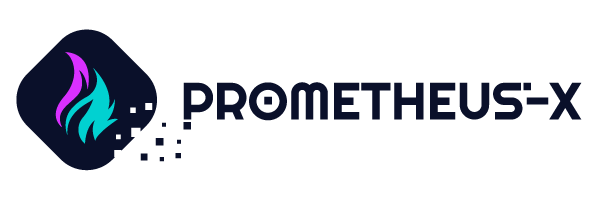Personalized Learning with Data Alignment, Aggregation and Vectorisation (DAAV) and Distributed Learning Analytics
At a time when education and training are rapidly evolving to meet the individual needs of learners, two groundbreaking concepts are leading the way towards a more inclusive and efficient learning landscape: Data Alignment, Aggregation and Vectorization (DAAV) and Distributed Learning Analytics. These initiatives not only promise to transform the way learning data is managed and used, but also aim to democratize personalized learning across Europe.
Understanding DAAV
At its core, DAAV aims to lower the barriers to entry for data providers and customers of data and AI services by streamlining the management of heterogeneous data and its transformation into standard or service-specific formats. This approach involves creating connectors that enable seamless transitions between any input data model and any output model. For example, a custom model could be converted from xApi to a standardized xApi model, or a research dataset such as Mnist could be mapped to a custom vector format. This flexibility is the hallmark of DAAV, which offers tools for the description and exploration of data sets and expert systems for automatic data reconciliation.
But what sets DAAV apart? Its unique selling point lies in its ability to democratize data accessibility and interoperability. By reducing the complexity and costs associated with data preparation and sharing, DAAV opens up new possibilities for enriching AI models and services, enhancing the personalized learning experience.
The role of distributed learning analytics in personalized education
Personalized learning is hailed as the pinnacle of educational approaches, where learning experiences are tailored to the pace, interests and needs of the individual. However, the traditional model of personalized education is resource-intensive and requires a high teacher-to-learner ratio, limiting its scalability and accessibility.This is where Distributed Learning Analytics comes in, a solution that uses AI and automated data collection to provide personalized learning experiences at a fraction of the cost.
Distributed Learning Analytics enables the collection, storage and processing of learning data in a secure and interoperable way. It supports the development of recommendation engines, dashboards and other tools that provide personalized learning experiences based on real-time or time-shifted data analytics. This approach addresses the challenges of data portability and privacy compliance while breaking down the silos that have traditionally hindered data sharing among education stakeholders.
The impact on stakeholders
The implementation of DAAV and Distributed Learning Analytics brings significant benefits to a wide range of stakeholders. Learners gain access to personalized educational experiences and a comprehensive overview of their learning journey across different platforms and formats. Educational institutions, from schools to universities, can improve their curricula and offer customized learning opportunities.
Employers will benefit from more targeted training programs that ensure their employees acquire the necessary skills more efficiently.
In addition, the initiative promises to foster a collaborative ecosystem where data providers, AI services and infrastructure providers can easily share data and resources, improving the overall quality of education and training services. By facilitating the sharing and management of learning data sets, these technologies ensure lifelong learning opportunities for individuals, regardless of their educational or professional background.
The combined efforts of DAAV and Distributed Learning Analytics are setting the stage for a change in personalized learning. By simplifying data management and improving the interoperability of learning data sets, these initiatives are paving the way for a more comprehensive, efficient and customized educational experience.The potential for innovation in learning and development is limitless as we move forward, promising a future where personalized education is accessible to all, transforming the landscape of learning in Europe and beyond.
